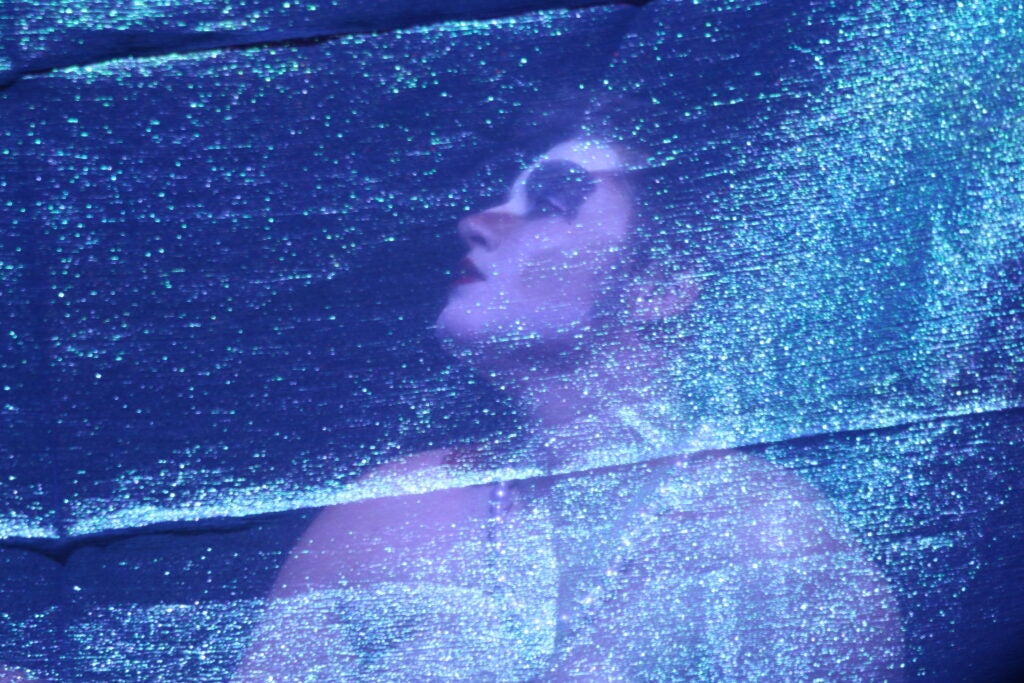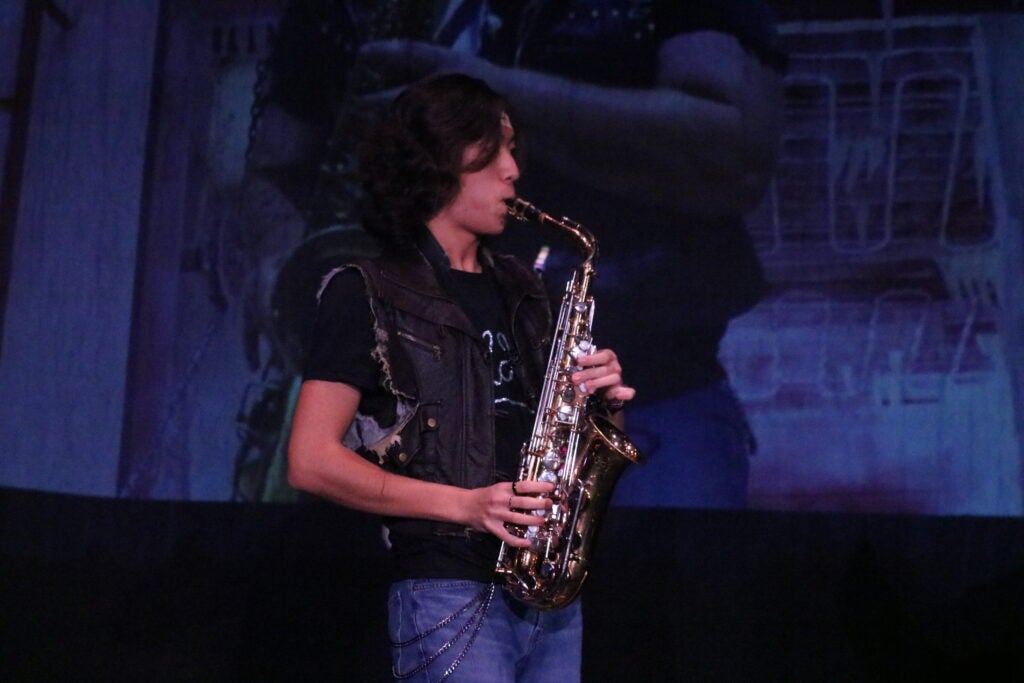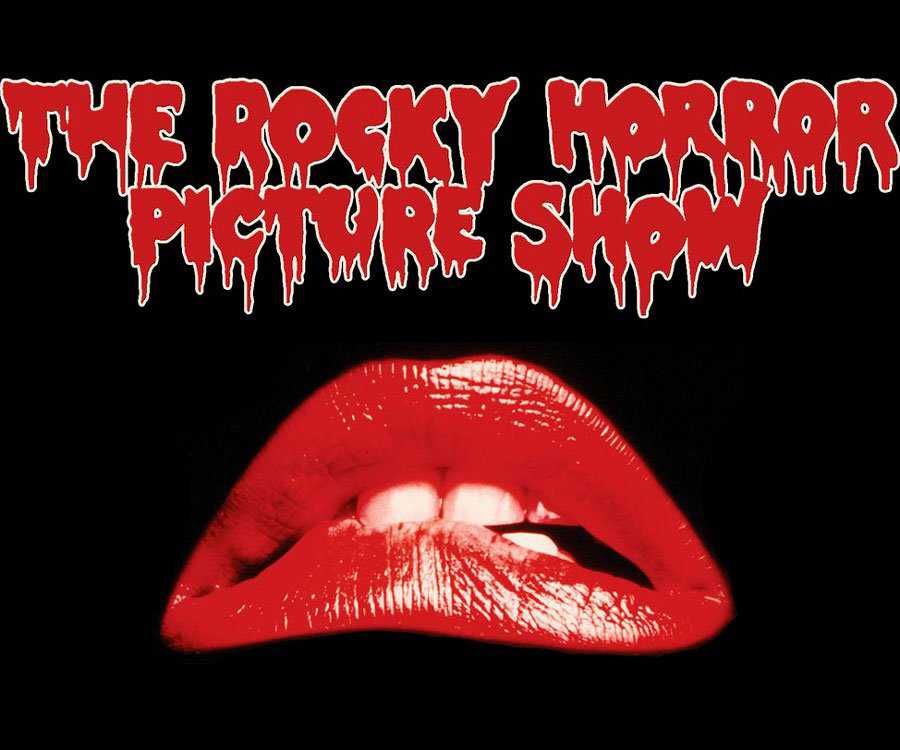By Quinn Newman
This semester we in the RC Players put on a shadowcast production of The Rocky Horror Picture Show.
For those who aren’t familiar with the concept of a shadowcast, the basic premise is that while the
original movie plays on a screen in the background, actors reenact the scenes onstage in real time. The
project took place over the course of about four weeks, with auditions on October 3rd and 4th and the
performance on October 28th and 29th.
The Rocky Horror Picture Show is a musical film from the mid-1970s written by Richard O’Brien and
directed by Jim Sharman. Though the film originally flopped upon release, it gained an enthusiastic cult
following. People would attend theaters every week to watch the movie and participate in the culture
around it. The show is one thing, but arguably the most beautiful thing about Rocky Horror is in the
audience’s unique interaction with the performance. No two performances are exactly alike, and the
audience takes an active role in enhancing the experience of the show through various scripted and
unscripted callouts.

The show we put on was incredible. We on the production team took our seats after the opening games,
ready to bear witness to the show we’d worked with actors and tech crew to create; not only did they not
disappoint, they went above and beyond in their performance. After a grueling four weeks of auditions
and rehearsals, they put on a show we will forever be proud of.
One of the unique challenges in putting together a shadowcast production, especially in such a quick time
frame, is the exacting attention to detail required to accurately portray the original content. Since the
motion picture plays on a screen behind the onstage actors, it’s imperative that actors have extremely
exact timing. Building a one hour and thirty-eight minute performance with this kind of attention to detail
and precise timing required rehearsal time we didn’t have. Despite that, actors went above and beyond in
their use of rehearsal time and scheduled meetings with us on the production team to further embody and
nail down their roles.
A major challenge in putting on The Rocky Horror Picture Show, especially on a college campus, is the
issue of each individual’s feeling of personal security. The nature of Rocky Horror is such that people are
displaying sides of themselves that, from a societal perspective, would usually stay out of the public eye.
This is in part why the show is so popular particularly among LGBTQ+ audiences. As a production team,
our utmost priority was cultivating a culture of care among our actors, emphasizing their own comfort and
boundaries. Before the show, we drafted a show contract detailing that our first and foremost concern was
adhering to each individual’s personal boundaries—we would work around any conflicts that may arise
from that. It was important to us to make sure to always ask and check in about the comfort of the people
we worked with.

Of course, a lot of credit goes to the production team. Without the rest of the team, the show would not be
where it is. There were four of us—two producers, a director, and an assistant director—and the show not
only helped us grow close as people, but also allowed us to cater to our own specific strengths. Delegating
responsibilities between the four of us helped make the show run smoothly all the way through to the end,
and it helped that we were all from diverse backgrounds and concentrations.
In the end, the show looked amazing. The RC Players puts this show on annually for Halloween, and I
think I speak for the entire team when I say we couldn’t be more proud and honored to have helped put
this show on. We are looking forward to the team that will put this show together next year as well!




